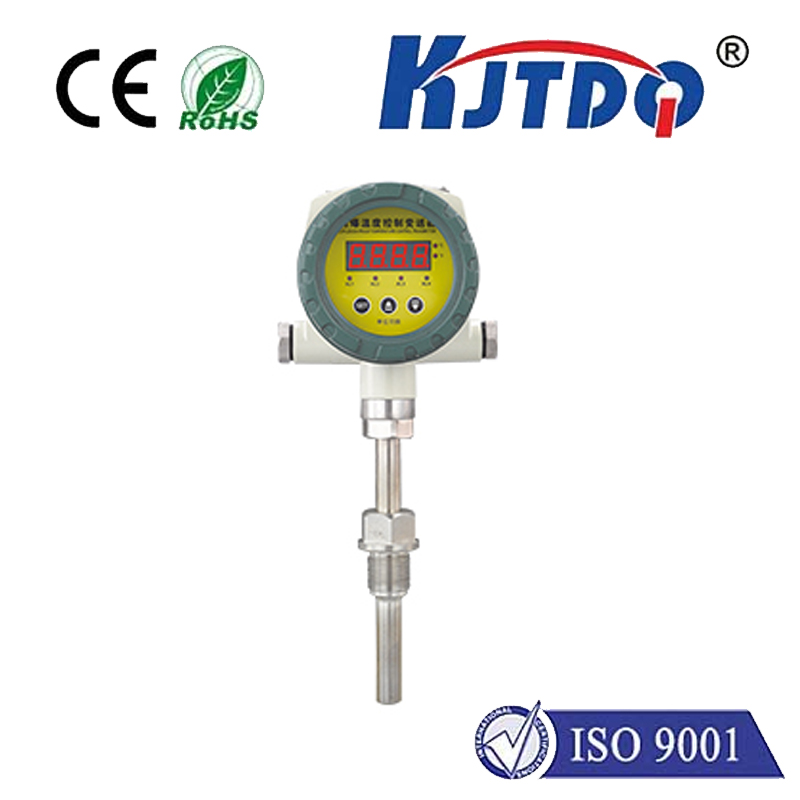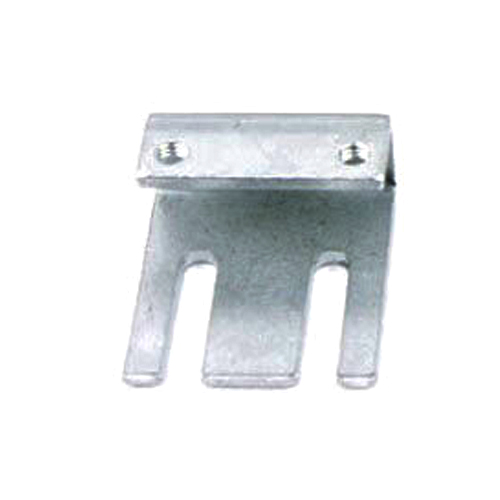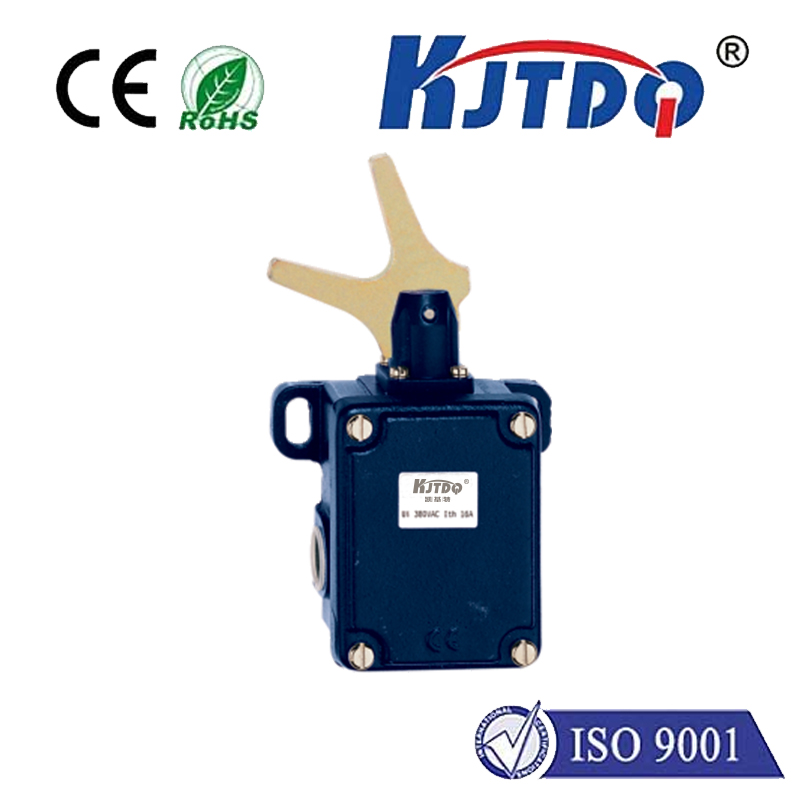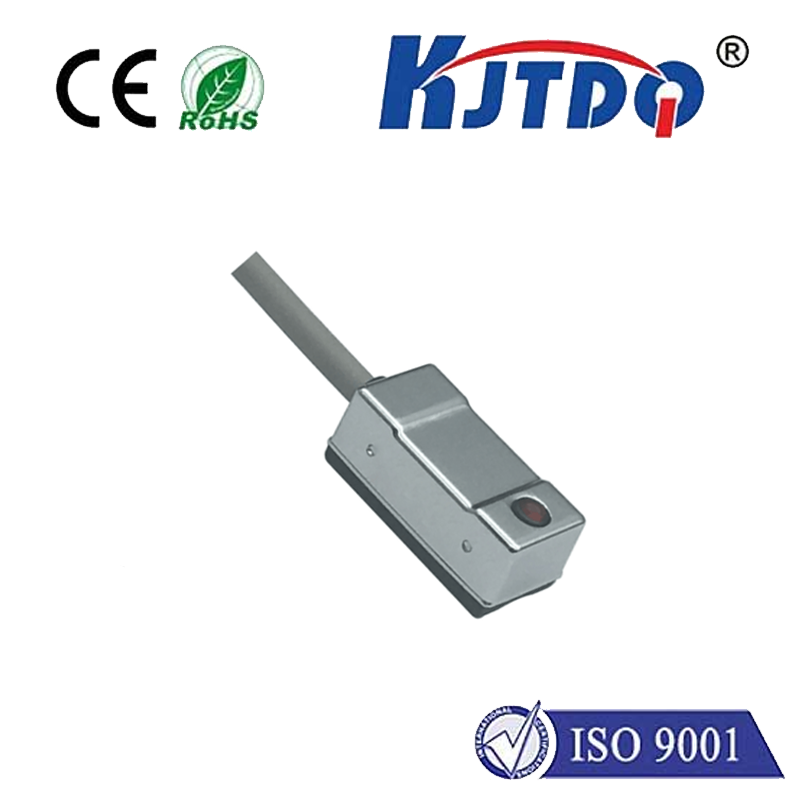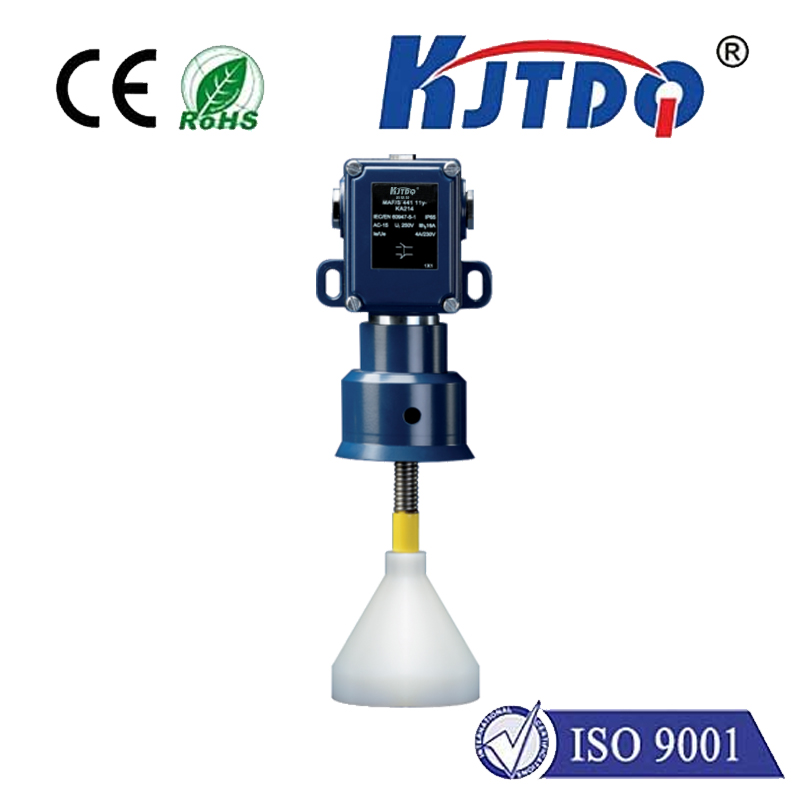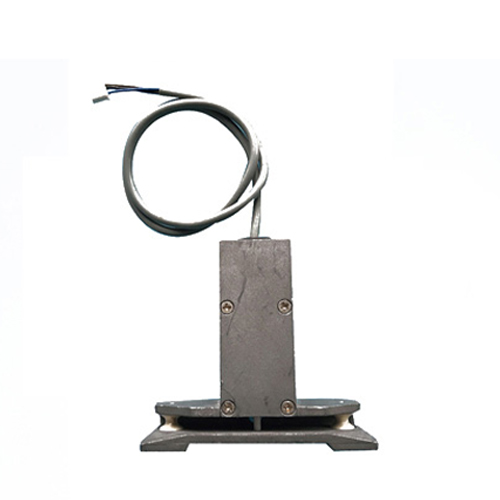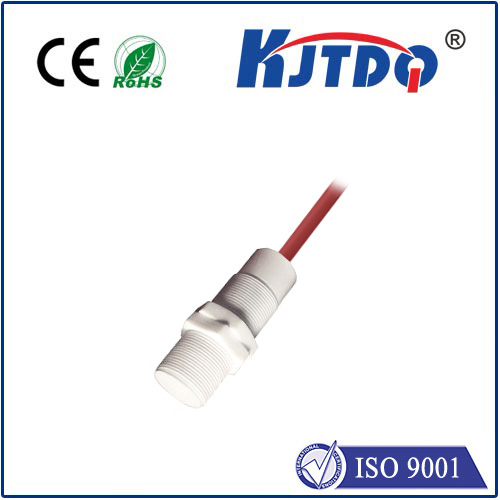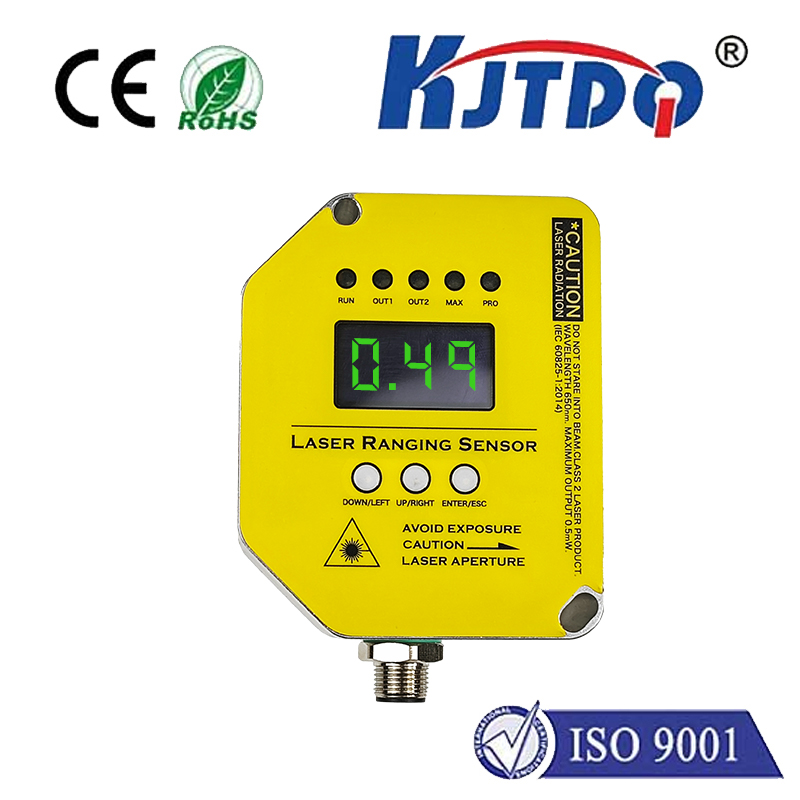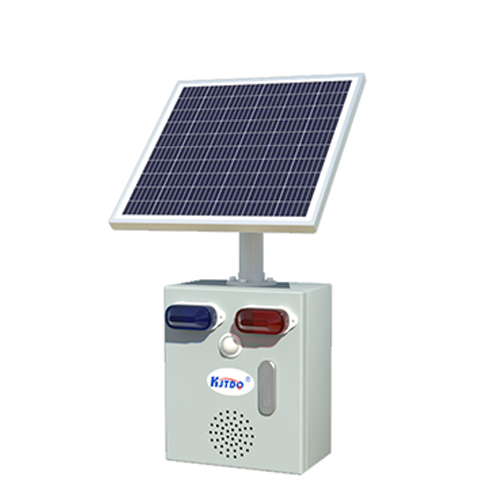

check

check

check

check
Imagine a bustling automotive assembly line, humming with robotic arms. As a car chassis glides smoothly into position, unseen beams of light instantly measure critical gaps between body panels with astonishing accuracy – mere microns matter here. This silent, ultra-fast quality check happens thousands of times a day, enabled by the industrial laser sensor. Far from science fiction, these sophisticated devices are the cornerstone of modern precision manufacturing, driving efficiency and quality to unprecedented levels.
At their core, industrial laser sensors excel at providing non-contact, high-precision measurement. Unlike traditional mechanical probes, they gather critical data without physically touching the target object. This is vital for measuring delicate surfaces, high-speed production lines where contact would cause damage or disruption, or objects in harsh, inaccessible environments. They work by emitting a focused laser beam towards the target. Depending on the sensor type (like triangulation, time-of-flight, or confocal), sophisticated electronics precisely calculate parameters such as distance, height, thickness, position, or even surface profile by analyzing the reflected light beam – its position, intensity, or the time it takes to return. The result is real-time, highly accurate data delivered at incredible speeds.

The applications for industrial laser sensors span virtually every sector demanding precision and automation:
Industrial laser sensors come in various configurations tailored to specific measurement needs:
The integration of industrial laser sensors delivers profound benefits that directly impact a manufacturer’s bottom line and competitive edge:
The trajectory for industrial laser sensors points towards even greater integration and intelligence. Advancements in machine learning and artificial intelligence (AI) are enabling smarter interpretation of sensor data, allowing for more sophisticated defect classification, adaptive process control, and predictive analytics. Enhanced communication protocols (IO-Link, OPC UA) facilitate seamless connectivity within Industry 4.0 frameworks, enabling comprehensive data gathering and analysis across the entire manufacturing enterprise. Simultaneously, sensor capabilities continue to grow, offering higher resolutions, faster scanning rates, and greater robustness – tackling even more complex measurement challenges.
From ensuring the flawless assembly of your next vehicle to guaranteeing the safety of food packaging, industrial laser sensors operate silently yet powerfully at the heart of modern industry. Their ability to deliver non-contact, high-speed, micron-level precision makes them indispensable. As manufacturing demands evolve towards greater flexibility, efficiency, and data-driven decision-making, the industrial laser sensor remains a fundamental tool, driving the relentless pursuit of perfection and powering the factories of the future.
